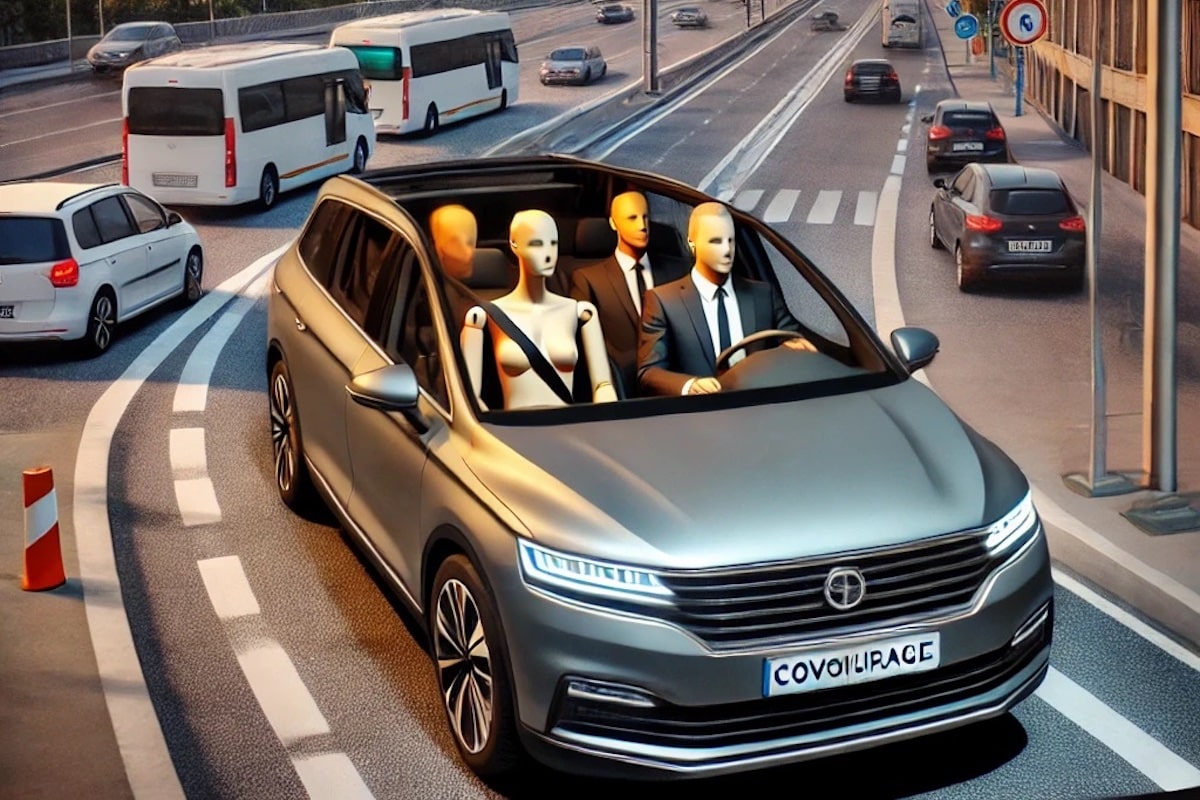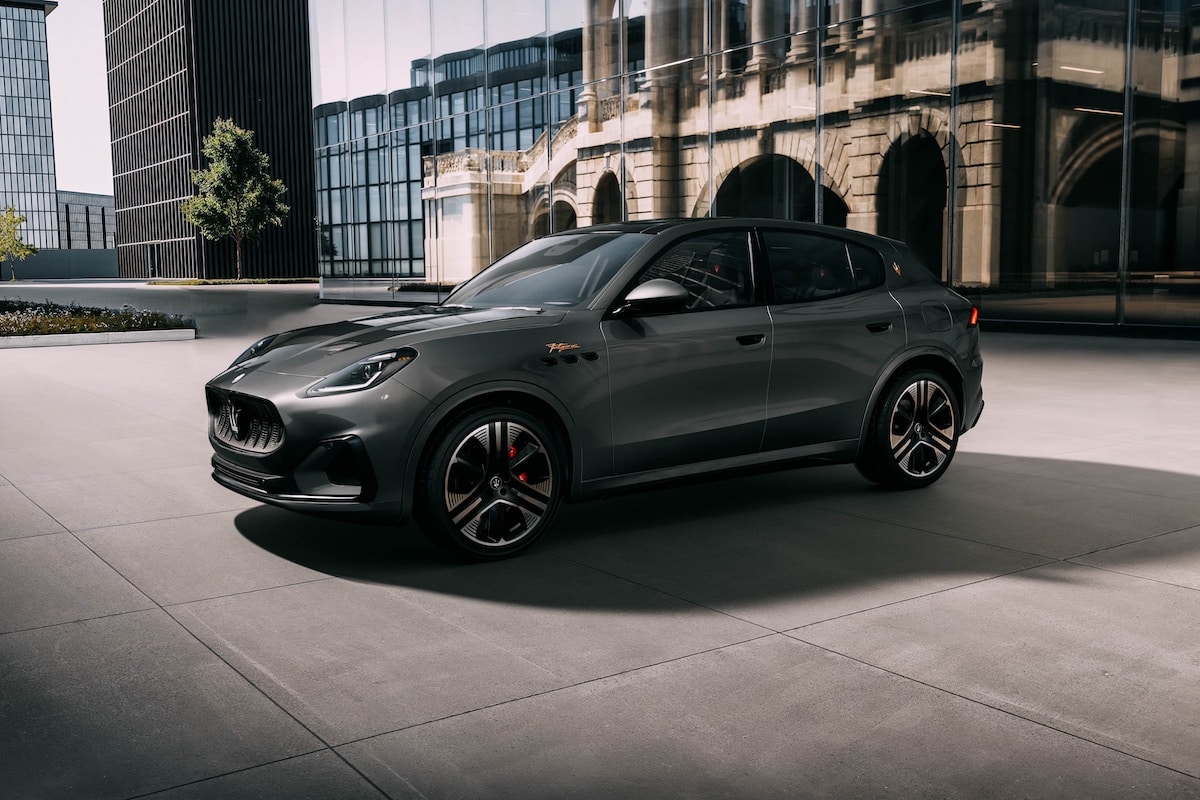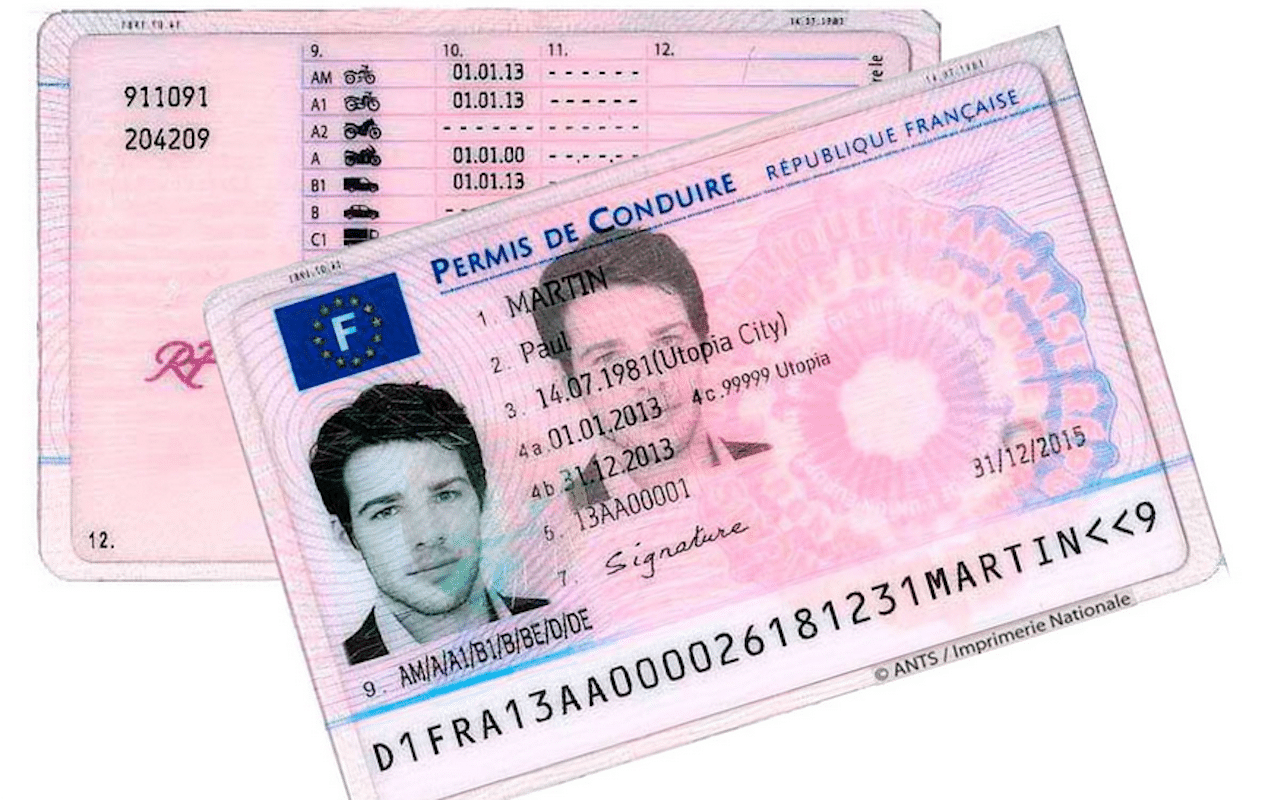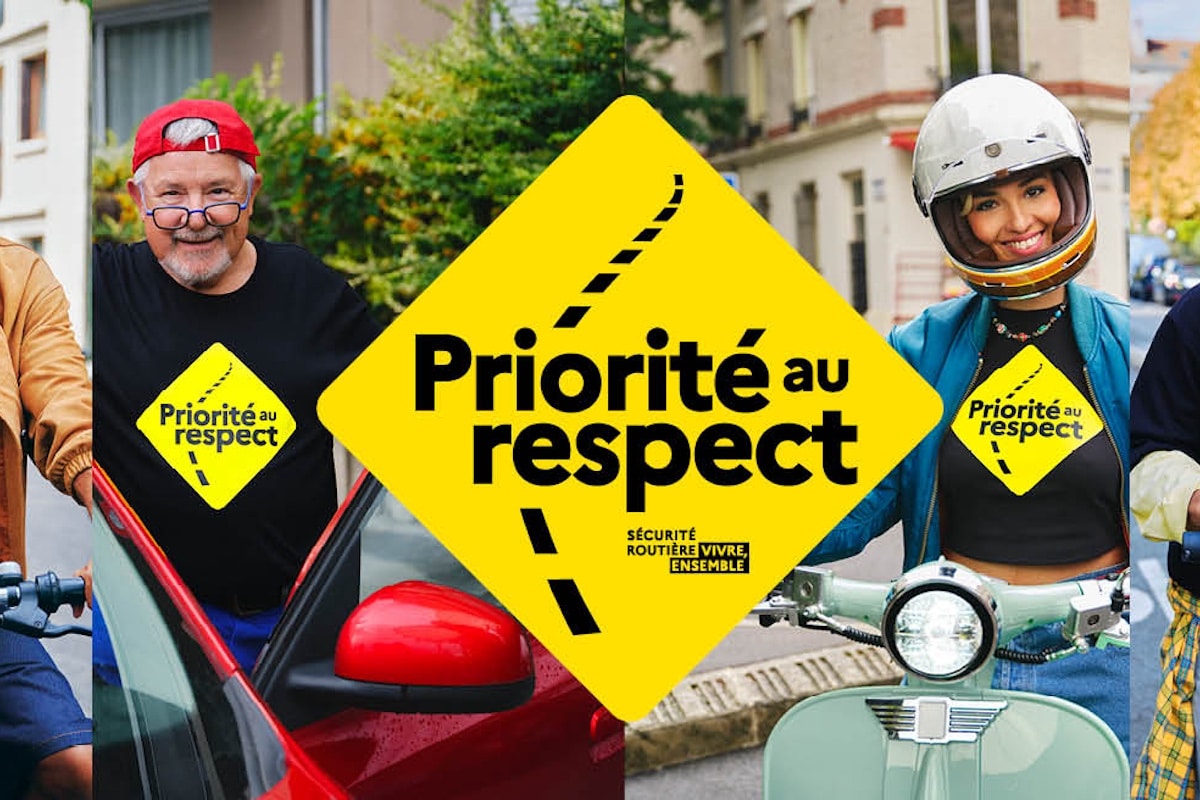Scamming Ridesharing Lanes with Mannequins: What Are the Risks?

The sanctuarization of a carpool lane on the Paris ring road could encourage some to learn how to deceive cameras.
Carpooling has become a popular way to share operating costs (fuel, tolls, etc.), but it also serves as a political tool to reduce road congestion and promote more sustainable mobility. This is especially true thanks to lanes reserved for high-occupancy vehicles (HOV) on highways and in major cities. However, with the growing difficulty of getting around, frustration is increasing. In Paris, the upcoming sanctuarization (beginning in 2025) of a traffic lane reserved for carpooling, taxis, and buses faces pushback when one considers the already high level of congestion during the day.
As a result, some drivers might seek to circumvent the rules by using tricks, such as mannequins, to access these lanes and thus deceive surveillance cameras capable of counting the number of occupants (at least 2 to start) in each vehicle.
In France, deception is punished
In France, traveling with a fake passenger to use the lanes reserved for carpooling is an offense punishable by law. Drivers caught in the act risk a flat fine of 135 euros for violating the reserved lanes… which is the same amount already charged if you are alone. Therefore, the risk is quite limited if one considers that physical checks on the ring road are almost non-existent.
Moreover, depending on the severity of the actions, this could be classified as deception or fraud. In that case, the driver could face a much heavier fine of up to 375,000 euros as well as up to 5 years in prison if the fraud is deemed organized or repeated. Again, the risk is very low.
In the United States, advanced technologies to counter fraud
In the United States, some jurisdictions, notably in cities like New York or Seattle, go further by using thermal cameras to detect if the occupants of vehicles are indeed living persons. These cameras measure the body heat of passengers to ensure that they are not mannequins or other objects. Combined with image recognition systems, these technologies allow for more accurate verification that the rules of HOV lanes are being followed.
This technological initiative comes in response to a significant increase in fraud, with drivers using inflatable dolls, mannequins, or even cardboard cutouts disguised as passengers. While these practices may seem absurd, they are taken very seriously by the authorities, who aim to preserve the effectiveness of carpooling lanes.
Whether in France or the United States, these fraudulent activities highlight the growing challenge for authorities to enforce carpooling rules and encourage responsible behavior on the roads.
READ ALSO: Robots Hire Early at BMW
This page is translated from the original post "Frauder les voies de covoiturage avec des mannequins, quels risques ?" in French.
We also suggestthese articles:
Also read






